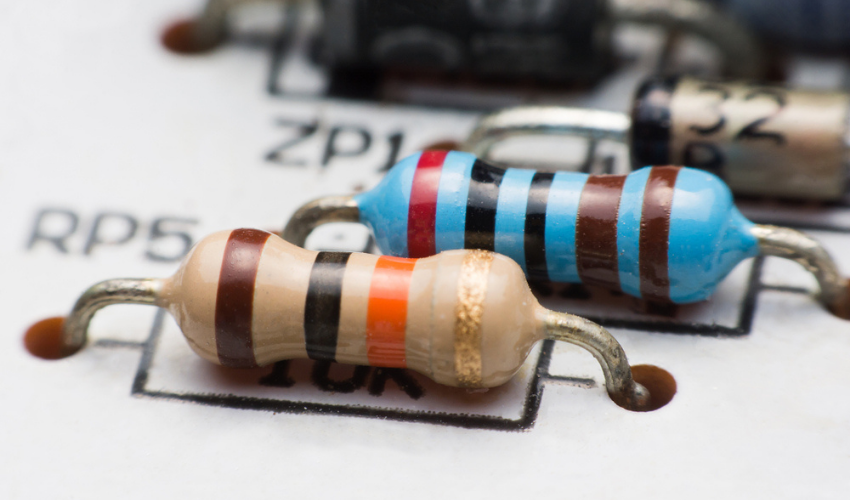
The 2020-2022 global chip shortage. Now that’s a headline everyone’s come to know. Aside from Covid-19 developments and variants vying for front-page position, semiconductors have gotten the red carpet treatment. Dozens of factors over the past two years have contributed to the scramble for components, especially chips. Many Americans have gotten a crash course on how great an impact these chips have on the business sector.
Semiconductors have gotten the short end of the stick with natural disasters and geopolitical unrest disrupting the supply chain. Still, many companies are struggling with all components. This includes components that make up the key parts of circuit boards. They are called passive components.
What is a Passive Component?
Let’s get down to the basics. What is a passive component? According to the article, What’s the Difference Between Active and Passive Electronic Components, they “do not give energy to the circuit, hence its name “passive.” These components can’t control or amplify electricity the same way active components, such as semiconductors, can. “Passive components,” the article said, “can only receive energy, which it dissipates, resists, absorbs, or stores in an electric or magnetic field.”
Passive components are the discrete cornerstone piece to a circuit board. They are critical in complex power issues. This includes anything from power conversion to power stability, filtering, and configuring integrated circuits. Passive components do not actually need a power source to perform functions. Their job is to influence the flow of power where the electrical output cannot be modified from an external source.
There are three basic types of passive components; resistors, capacitors, and inductors.
Other passive components include transformers, diodes, thermistors, varactors, transducers, and many more. The majority of these components revolve around the storing, stopping, and flowing of power. The difference between each passive component depends on the function or interaction with an electrical current and if it is stored, where.
While passive components may not have the same kick active components do, supplying a circuit with power, they are pertinent to a full-functioning circuit system. Active components, especially semiconductors, have remained firmly center-stage during the electronic components shortage. Passive component availability has fallen to the wayside in the face of the larger semiconductor shortage in the news.
Even though passive components are more readily available, that does not mean they are less important or face shorter lead times.
Beyond the Semiconductor: Passive Components Shortage
While vulnerabilities of the global supply chain have affected not only all sectors of business, electronic components have been hit extremely hard. What’s the workaround to combat future shortages? Covid-19 introduced a host of supply chain issues that most risk assessment programs didn’t foresee.
That being said, while natural disasters and global pandemics are hard to plan for, market demand is something that can always be assessed. Industry experts concluded that the best way to work through a shortage is to analyze market demands and industry trends. When Covid-19 began and lockdowns initiated, work-from-home (WFH) went from a luxury to necessity. High-speed communication demands accelerated for computers, smartphones, headsets, and more from numerous sectors of business.
It’s best to keep in mind the type of components needed in rising and coveted applications. The technology sector is in constant flux and it’s doubtful that the need for such components will ever truly be stable for long. That is why it is important to plan ahead, know exactly the types and variety of components that make up an application to prepare for it.
Another solution? Have a strong relationship with your distributor and keep them on the same page.
A Distributor Will Get You What You Need
With the increasing demand for smart technology and advances in computers, cars, and other appliances, shortages are more likely. To make sure future shortages don’t take you by surprise, focus on forming strong partnerships with distributors that can see you through it. Area51 Electronics, as an authorized and independent electronic components distributor, will do just that.
Area51 Electronics is one of the few companies that offer a competitive edge to partners called collaborative advantage. This advantage prioritizes trust by putting relationships first within their supply chain. How is this a benefit during times of limited stock? Simple.
Possessing a team of experts with decades of combined experience, that’s how. If you need a part, we’ll get it. Through collaboration and ingenuity, Area51 Electronics can help you solve supply chain needs with innovative and intelligent solutions. From passive components to semiconductors, we will get you what you need to succeed.